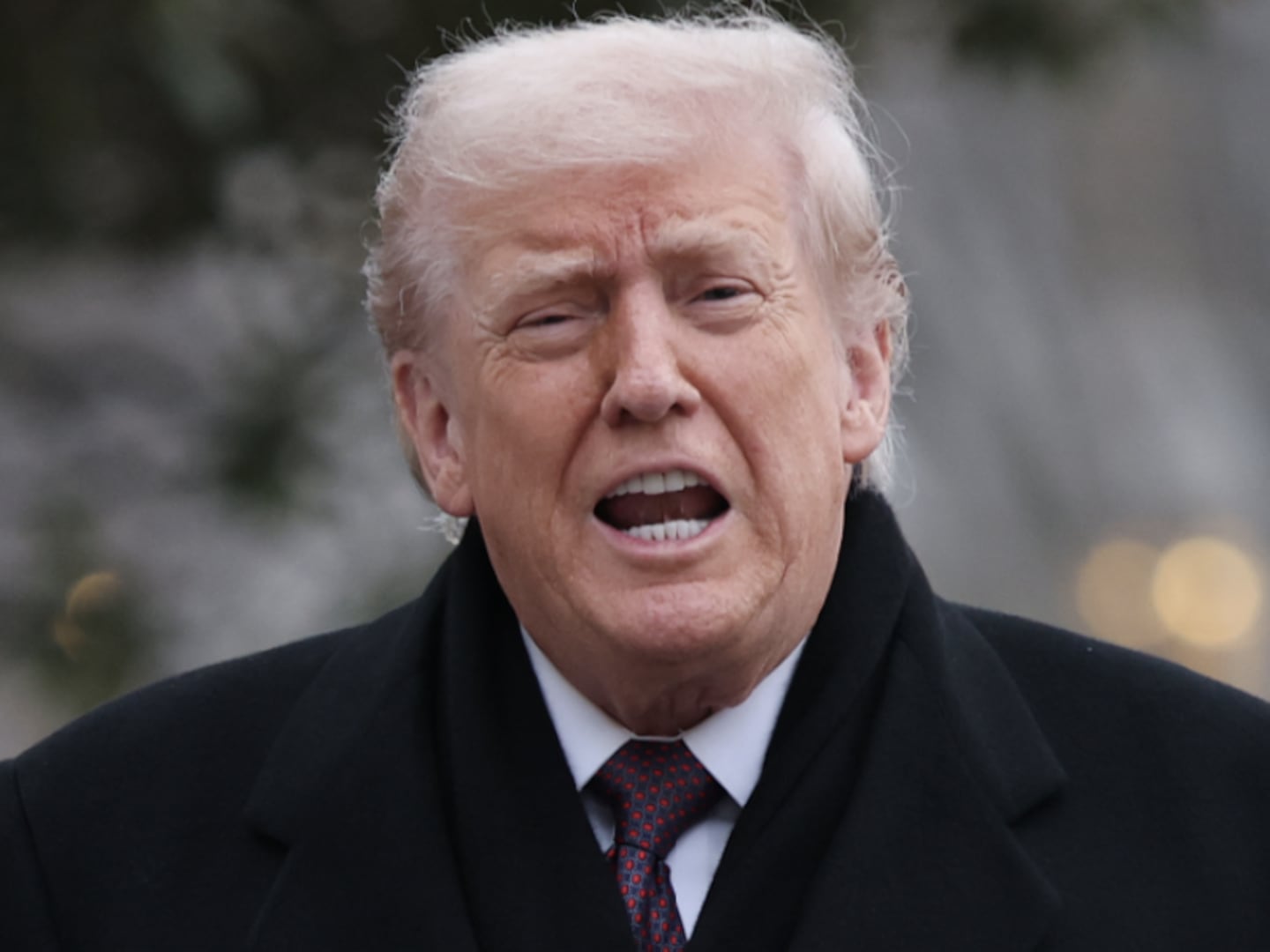New England Patriots coach Bill Belichick says that he is “not a scientist,” but a basic law of physics taught in high school may well vindicate his team in the controversy dubbed DeflateGate.
On a blackboard, the Ideal Gas Law is written thus:
PV=nRT
The P stands for pressure, the V for volume. The n is the amount of gas, the R a mathematical constant. The T is temperature.
Among other things, the equation establishes that if the volume is a constant such as the inside of a football, then the pressure will vary in accordance with the temperature.
Let’s say the internal pressure of a football is measured indoors, as the footballs were two hours before the AFC Championship game last weekend.
And let’s assume that the temperature inside was in the mid-70s Fahrenheit.
Now we know that the temperature on the field was around 50 degrees when the balls were brought out for the start of the game.
We also know that the temperature soon after dropped into the mid-40s.
And, as calculated by a prominent Boston physicist at the request of the Daily Beast, a 30-degree decrease in temperature would result in a corresponding pressure drop of 1.54 PSI (pounds per square inch.)
“You’re on the right track,” Dr. Michael Naughton, chair of the Department of Physics at Boston College, confirmed when contacted by The Daily Beast on Friday.
Naughton was as cautious as is any good scientist when it comes to speculation, but he ventured, “What’s not unreasonable is that footballs initially measured in a typically warm room and then brought outside and used in a 40s temperature field will have dropped one and a half to two PSI.”
This would mean that balls inflated in the warmth of the indoors to the regulation lower limit of 12.5 PSI—which the Patriots are said to prefer—would have dropped to less than 11 PSI in the first half.
That would explain why all but one of the 12 Patriot game balls came in under the limit when they were tested at the half, triggering DeflateGate and the accompanying accusations of cheating.
All the game balls of the opposing Colts tested within the regulation limit, but that could be because they were initially inflated to the upper limit of 13.5 PSI.
One seeming mystery is why all the Patriots footballs for the second half tested within the limit after the game’s end.
A possible explanation is that the balls were brought back inside following the game so nobody would glom them and only tested after all the hubbub accompanying the Patriots’ victory subsided.
That would have given the balls enough time to warm up to around room temperature and regain lost pressure.
“Brought back in, they’ll regain pressure,” Naughton confirmed when The Daily Beast presented him with this theory.
Naughton predicted the balls would not necessarily regain all the pressure. He further cautioned that there are many variables that are still not public, these including the temperature of the room when the balls were tested and when exactly the postgame tests were conducted.
“Details absolutely matter,” Naughton said.
In this instance, the details may prove there is no devil involved.
Given his position at Boston College, Naughton was a natural expert to consult regarding DeflateGate, even though he turns out to be a Buffalo Bills fan.
And when the Daily Beast first contacted Naughton on Friday he had already been contacted by Boston-area reporters. He got a call from CNN on Saturday.
After all, the questions were what should have occurred to anybody who did not sleep through high school physics
Definitive answers will have to await more facts, but thanks to PV=nRT there is a good chance that along with not being a scientist, Belichick is also not a liar.






